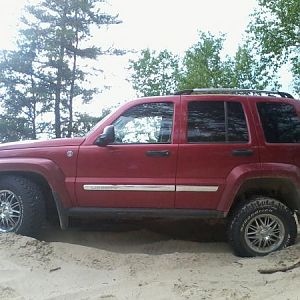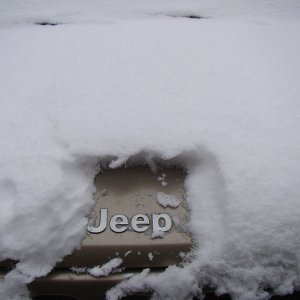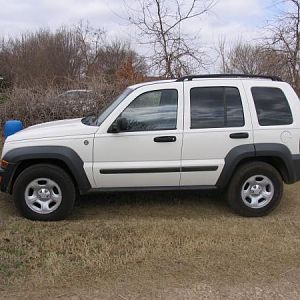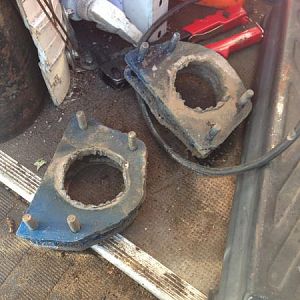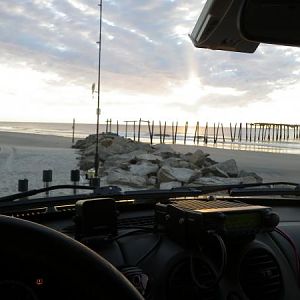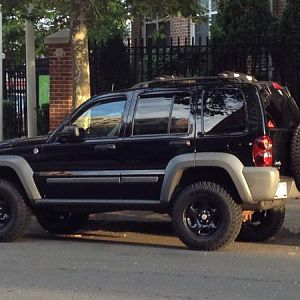jedi_jackson
New Member
- Joined
- Jan 23, 2021
- Messages
- 14
- Reaction score
- 7
My 2005 Liberty 2.4L has started throwing the P0420 code. Runs fine. It will only do it when I ride about 30-45 minutes. Short trips out won't come on. I can clear the code and it will stay off until I drive 30-45 minutes. I had replaced the front O2 sensor when I first got the Jeep because of another code. I recently removed the exhaust from the manifold and the cat looked good, with no obvious problems. I pulled the rear O2 sensor and it didn't look bad either. Checked the temp in front of the cat after driving and at rear and noted about a 50 degree cooler temp at the back of the cat. When checking the O2 sensors on a code scanner, the front O2 sensor reads anywhere from 0.075 to 0.780 at idle or running around 2000 rpm. The rear at idle reads 0.745 to 0.780 but then at 2000 rpm it goes from about 0.075 to 0.780 and not smoothly, pretty quickly. So I'm thinking my cat is probably bad, what do you guys think? Also thought about trying a non fouler for the rear O2 sensor. If so what size?


